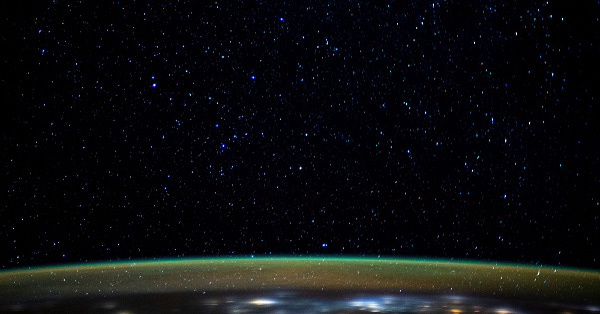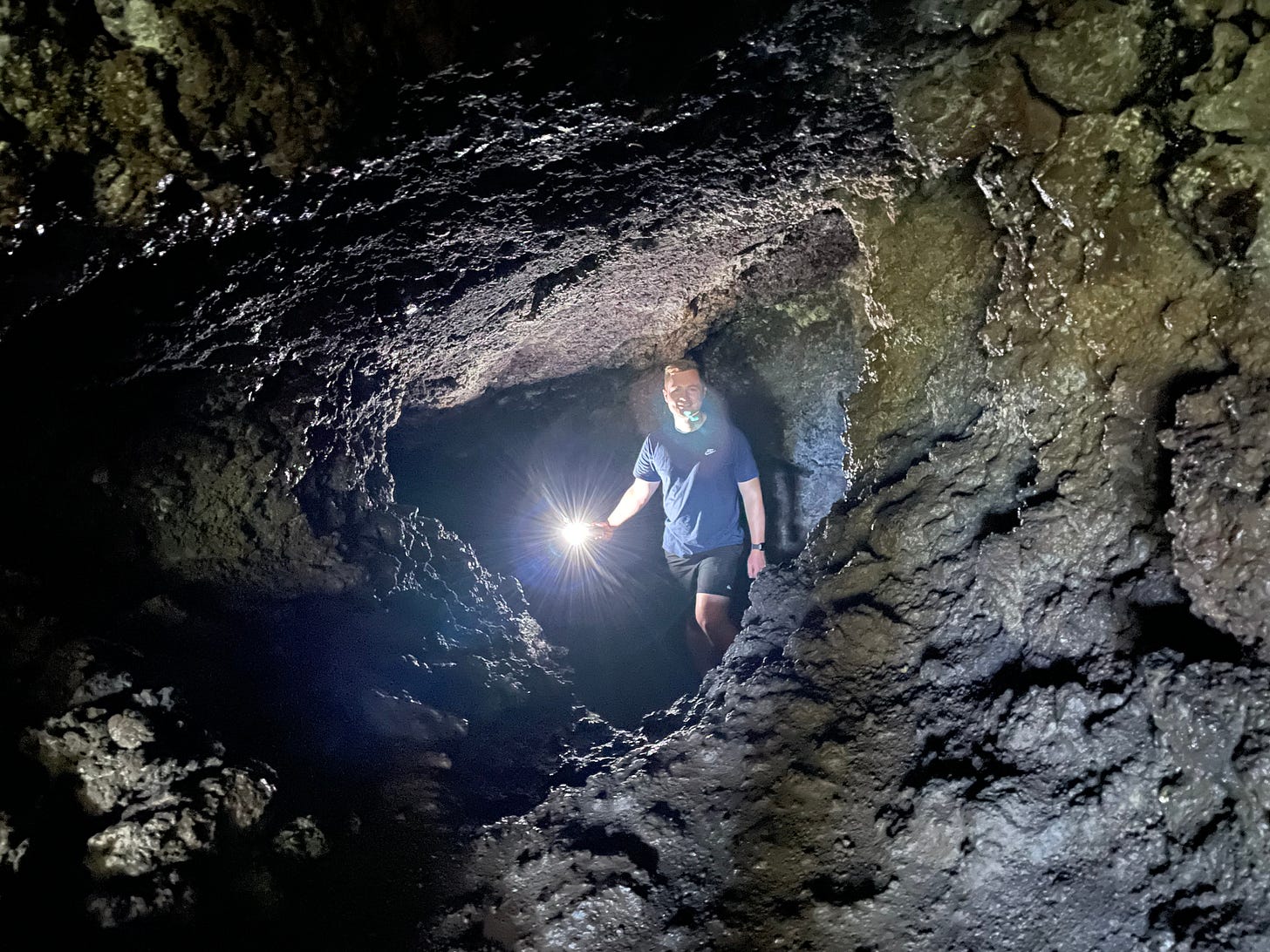Gödelian cracks in the surface of physical reality
Also, a very interesting new paper on IIT metaphysics and ontology.
Greetings to all readers and subscribers, and special greetings to the paid subscribers!
Please scroll down for the main topic of this newsletter. But first:
You are invited to attend the Terasem Space Day Colloquium on July 20, from 10am ET to 1pm ET, via Zoom.


I look forward to seeing you on July 20 at the Terasem Space Day! See previous newsletters for more info about the speakers.
I’ve been reading with great interest this new paper where Giulio Tononi, Larissa Albantakis and others elaborate on metaphysical and ontological implications of Integrated Information Theory (IIT).

Integrated information is treated as a measure of not only consciousness, but also ontological existence and causal power. To exist, “something must take and make a difference.” Only intrinsic entities (those with maximal integrated information) really exist and cause.
“what actually exists is what exists the most…
among a set of entities ‘competing’ for existence over the same substrate, the entity that actually exists should be the one that lays the greatest claim to existence…
only intrinsic entities can truly cause, and their microphysical substrates cannot cause anything because they do not truly exist…
as a conscious being, I truly exist and truly cause, whereas my neurons or my atoms neither truly exist nor truly cause.”
I like this intuition, but the paper mostly treats it as an assumption. The authors “forgo a full explanation of key concepts,” but I’d like to see more arguments in support of those key concepts. I hope Tononi will elaborate more in his next book, titled “On Being: Ontological and metaphysical implictions of Integrated Information Theory (IIT)” (no ETA given).
I think IIT’s exclusion principle is too strict. Integrated information is evaluated across all scales to find the global maximum, and local maxima don’t really exist and cause, even those at entirely different scales. This seems too much to me.
My hand lives in my human-scaled world, so I can agree that my hand doesn’t really exist because I exist more. So it is I, rather than my hand, that throws a ball. But my “neurons or atoms” live in their own world at entirely different scales. I think the exclusion principle should apply only within a certain range of scales. I exist and cause and my hand does not, but my neurons and atoms exist and cause as well.
“Exclusion does not prevent the ‘nesting’ of conscious entities over similar spatial locations, as long as there is no overlap of the cause-effect repertoires of the respective mechanisms. For example, a mitochondrion within a neuron may specify a small conceptual structure that does not causally overlap with that specified by the neuron itself together with the other neuronal elements of a complex.”
See my previous post “Inclusive Integrated Information Theory? Is a molecule conscious? Is Gaia conscious? Are you?” for more thoughts on this.
Twitter thread with the participation of one of the authors of the paper:

OK let’s come to Gödel.

This is a continuation of my previous post “Gödel and physical reality.”
Gödel proved that, if a mathematical system of axioms and rules is consistent (and powerful enough to deal with integer arithmetic), then it must be incomplete in the sense that it doesn’t permit proving some true statements.
Incompleteness is the price that a mathematical system must pay for consistency. If a system is too weak it is incomplete, but if it is too strong it is inconsistent. Gödel proved that it’s one or the other.
I have long been persuaded that Gödel’s theorems have something deep to say about physical reality. The parallels and implications are difficult to pinpoint accurately and rigorously, but they sound intuitively evident to me.
I have been reading lots of material about Gödel, Turing, Chaitin and all that. The incompleteness proofs of Turing and Chaitin seem less “artificial” and stronger than Gödel’s own. Douglas Hofstadter astutely observes that incompleteness suggests “a bizarre new type of mathematical causality… ‘downward’ causal power.” I find this parallel between incompleteness and downward causation especially intriguing.
Here’s a few passages about Gödel and all that in the current draft of my next book:

